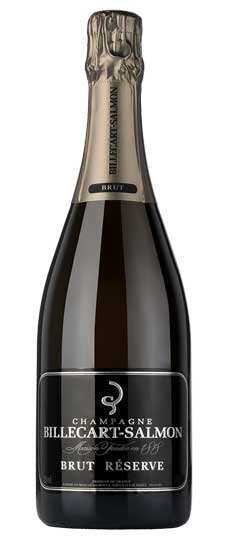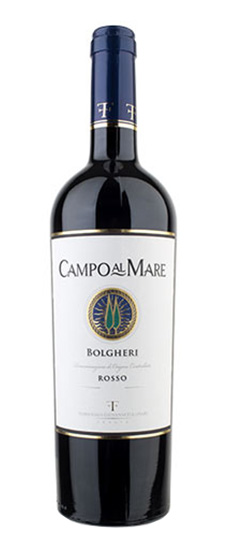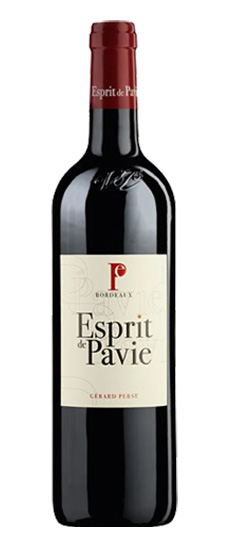รางวัล
Bronze
Decanter World Wine Awards
Awarded: 2014
2 Stars
Le Guide Hachette des Vins
Awarded: 2014
Grape Variety
Cabernet – Grenache – Merlot – Syrah Wine
Cabernet – Grenache – Merlot – Syrah blends represent a coming together of the key wine grapes of Bordeaux and the Rhone Valley – two of France’s major wine regions. It also reflects the modern age of viticulture and winemaking – an age in which winemakers have a smorgasbord of grape varieties at their disposal and are not limited to those traditionally grown (and approved of) in their local region.
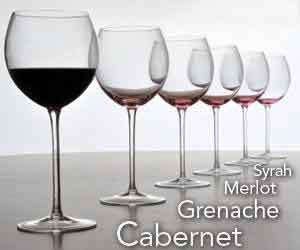 Bordeaux’s stout, taut reds are predominantly made from Merlot and Cabernet Sauvignon, while in the juicy, spicy reds of the Rhone, Grenache and Syrah hold sway. While winemakers in these two regions almost never combine all four together, those in other regions are now realizing the merits of this blend. This Bordeaux-Rhone synthesis is now appearing in wine regions in southern France and abroad, particularly in Catalonia (northern Spain), California, Australia and South Africa.
Bordeaux’s stout, taut reds are predominantly made from Merlot and Cabernet Sauvignon, while in the juicy, spicy reds of the Rhone, Grenache and Syrah hold sway. While winemakers in these two regions almost never combine all four together, those in other regions are now realizing the merits of this blend. This Bordeaux-Rhone synthesis is now appearing in wine regions in southern France and abroad, particularly in Catalonia (northern Spain), California, Australia and South Africa.
There are various reasons these varieties might be blended together. Often, the combination is used for a Bordeaux-style Cabernet – Merlot wine that requires just a touch of lively fruit from the Grenache and Syrah. On the flipside of that are Grenache – Syrah blends, which require additional structure, or would benefit from the chocolate-tinged, dark-fruit character of Merlot and Cabernet Sauvignon.
In the more complex blends from Spain, these four are accompanied by further varieties still, typically Monastrell (Mourvedre) or Tempranillo. In California, Zinfandel and Sangiovese often appear alongside, adding an Italian feel to this otherwise very French blend.
Food matches for Cabernet – Grenache – Merlot – Syrah wines include:
Herbed leg of lamb
Roasted game birds
Lamb meatballs in tomato sauce
Region
Limoux Wine
Limoux is a relatively new appellation (created in 2003), for red and white wines from the area around the town of Limoux, in the Pyrenean foothills of southern France. Historically this area has been better known for its sparkling wines, which are produced and sold under the Blanquette de Limoux and Cremant de Limoux appellation titles.
Limoux
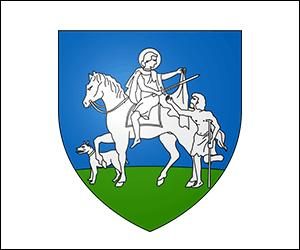
The coat of arms of Limoux
The AOC Limoux vineyards are higher and cooler than those of any other Languedoc-Roussillon appellation, and also further from the temperature-moderating influences of the Mediterranean. This leads Limoux and the surrounding area to produce a style of wine quite distinct from other appellations – even those which are relatively close by, such as Corbieres.
The red wines from Limoux are made predominantly from Merlot (at least 50% of any AOC Limoux blend), complemented by a wide range of other southern French red varieties, namely Cabernet Sauvignon, Cabernet Franc, Malbec, Grenache, Syrah and Carignan. This rather eclectic mix brings together the key grapes of Bordeaux (the former three) and the Rhone Valley (the latter three).
Limoux wines are typically lighter in both color and palate weight than many others from Languedoc-Roussillon, a fact due mostly to the increased altitude and cooler terroirs in which the grapes are grown.
White Limoux Blanc wine is made from Mauzac, Chenin Blanc and Chardonnay, and varies widely in style according to the exact area and climate in which it is produced. The Chardonnay vines found here are some of the oldest in the south of France, making wines that are particularly sought-after.
Producer Notes
Domaine de Baron’Arques Winery
Baroness Philippine de Rothschild and her two sons, Philippe Sereys de Rothschild and Julien de Beaumarchais de Rothschild, acquire the estate and rename it Domaine de Baron’Arques in 1998. They embark on a five-year project to renovate the vineyard and the winemaking facilities.
In 2003 The very high-quality 2003 vintage is the first produced by Domaine de Baron’Arques. The estate is awarded the AOC Limoux rouge appellation.
In 2008 the creation of La Capitelle du Domaine de Baron’Arques, the estate’s second wine, which is an immediate success. And in 2009, the creation of a fine white wine, le Chardonnay Domaine de Baron’Arques, from grapes grown on a small parcel of the estate, which is also a huge success.

